Historic revival: Buda Castle District transformed by National Hauszmann Programme – PHOTOS

The National Hauszmann Programme is one of Hungary’s largest cultural and architectural undertakings, which aims to reconstruct and rebuild the historically significant buildings of the Buda Castle District.
The programme includes not only the restoration of the original buildings, but also the addition of modern functions to the castle, allowing respect for tradition to be combined with the needs of the 21st century. This project will not only protect the historic heritage but also revitalise the cultural, tourist and community role of the Castle Quarter.
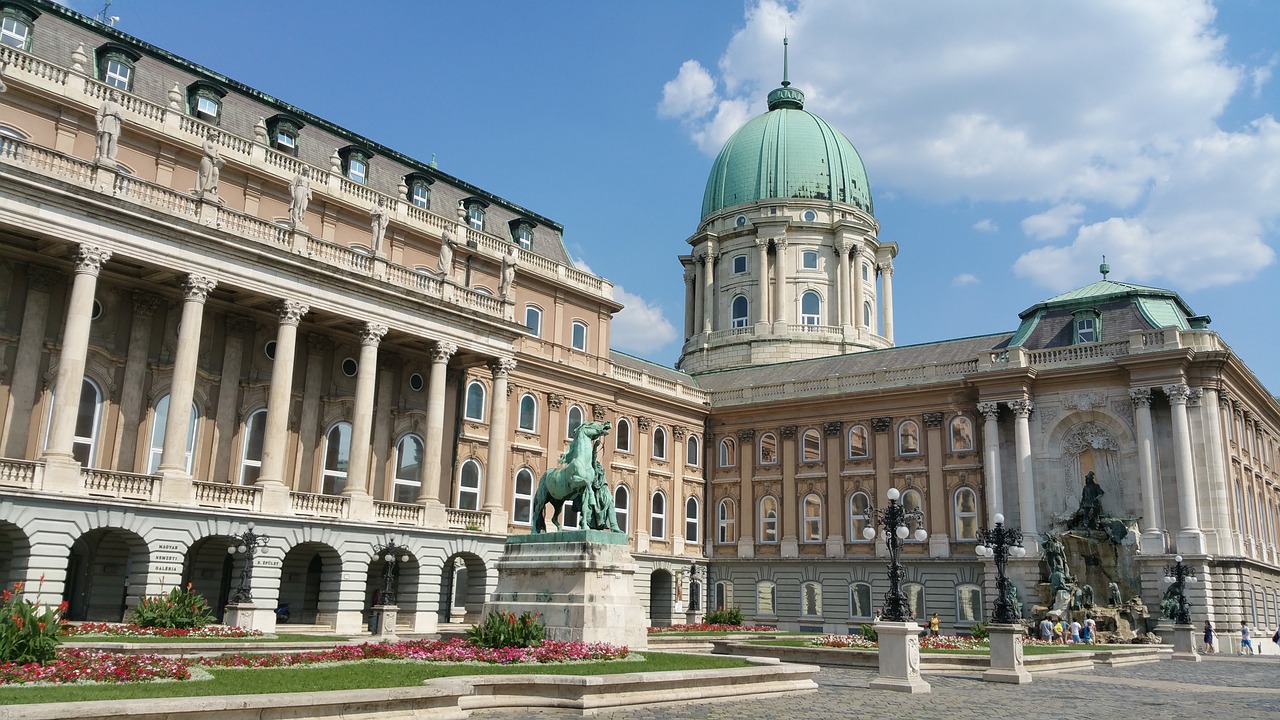
The story of Buda Castle is not only about the tragedies of the past but also about the aspirations of the present. According to Origo, the reconstructions under the National Hauszmann Programme pay homage to the past and offer new possibilities for the future. The main elements of the programme and its current status are described in detail below.
Buda Castle’s historical background
The years of the Second World War were a period of destruction for the Buda Castle district. During the siege of 1944-45, the castle and its surroundings suffered extensive damage. Most of the buildings were destroyed or severely damaged.
After the war, the restoration of the area began in 1946. In the 1960s, many of the listed buildings were reconstructed, although not all were restored to their original form. Some buildings were demolished, while others were rebuilt to reflect the architectural ideas of the foregone era.
Buda Castle Palace
The Buda Castle Palace, erected during the monarchy after the coronation of Franz Joseph in Hungary, is one of the largest buildings in the country. It was restored in a simplified manner after the Second World War.
The current reconstruction focuses on the north wing of the palace, which is expected to be completed by the end of 2026. A key feature of the new north wing will be the Buffet Gallery, which will pay homage to the building’s historic values while offering modern functionality. The reconstruction of the south connecting wing and St Stephen’s Hall has been underway for some time, and its completion marks a major milestone in the life of the project.
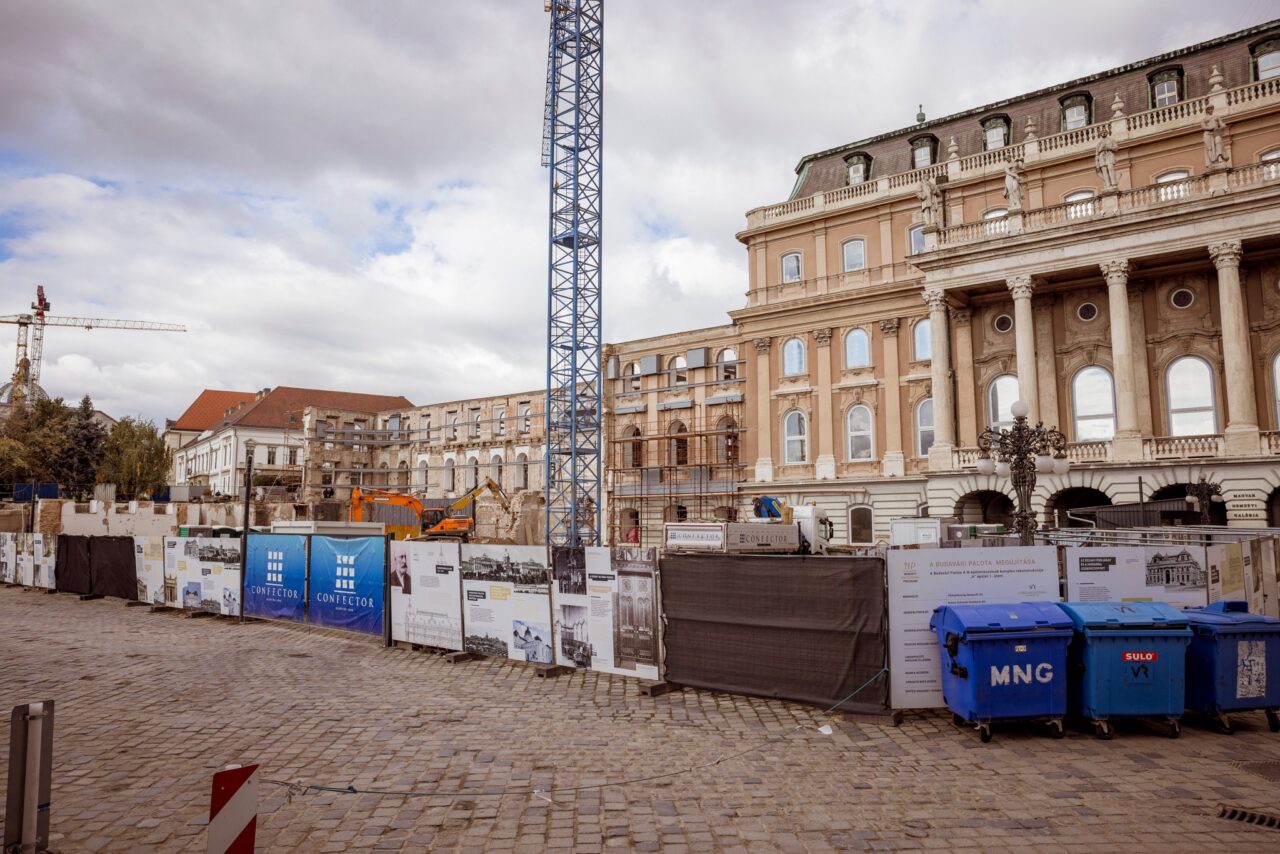
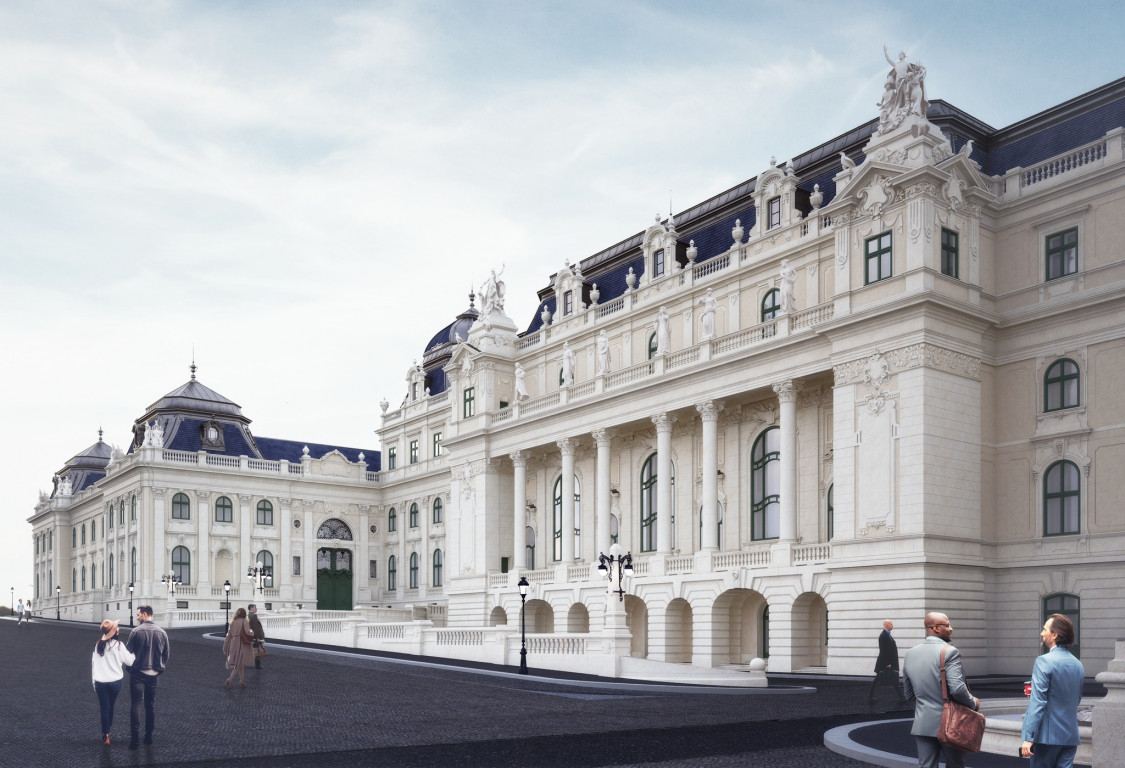
Archduke Joseph’s Palace
The ornate palace of Archduke Joseph once stood on St George’s Square, but was demolished in the 1960s. The restoration will faithfully recreate the original building while adapting the interior to modern requirements.
Following its inauguration, scheduled for 2026, the palace will have a new function: it will house the Constitutional Court. This solution will ensure both the prestigious use of the building and its role in public life.
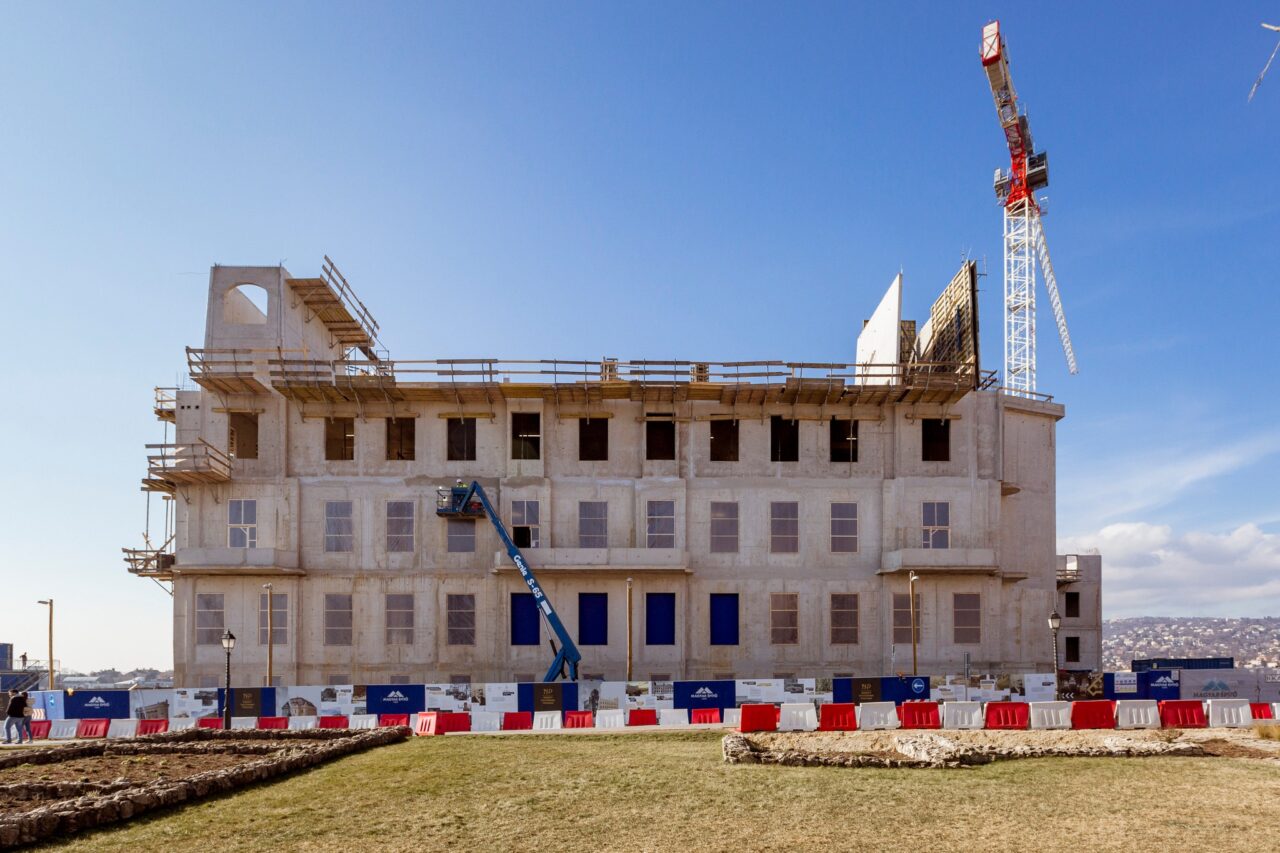

Defence Headquarters
Situated in the Palace district, the Defence Headquarters building stood as a semi-derelict ruin for many decades after the Second World War. The original complex consisted of two buildings: the Ministry of Defence, facing St George’s Square, and the General Headquarters, facing the square.
During the current redevelopment, the latter building will be restored, while the other will be replaced by a modern extension with a façade reminiscent of the former Ministry of Defence. The work is expected to be completed by 2026 and the building will be an example of harmony between past and present.
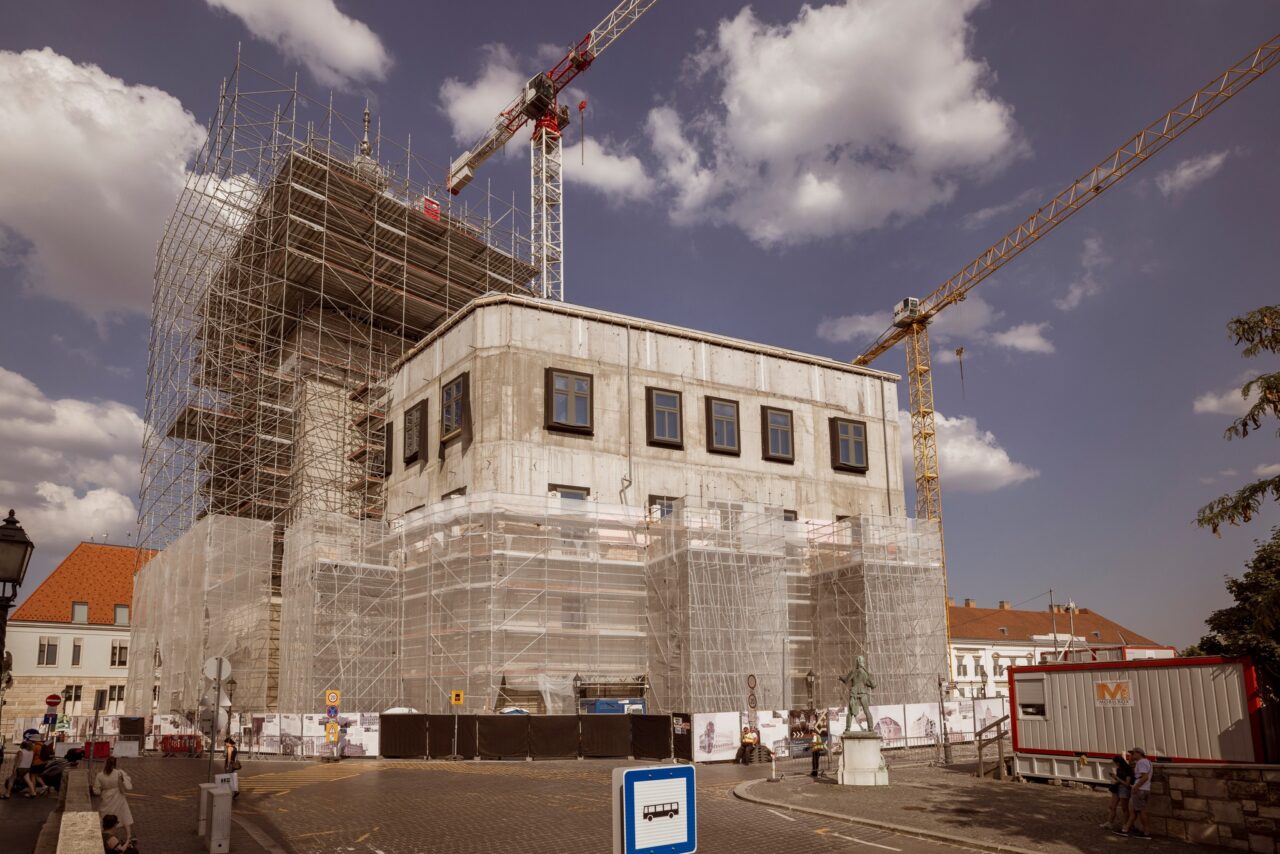

The headquarters of the Red Cross Society
The former headquarters of the Red Cross Society is one of the most advanced reconstruction projects in the programme. The original building was demolished between 1946 and 1948 but is being revived as part of the current project. The handover is imminent, bringing another piece of the past back to the Buda Castle district.

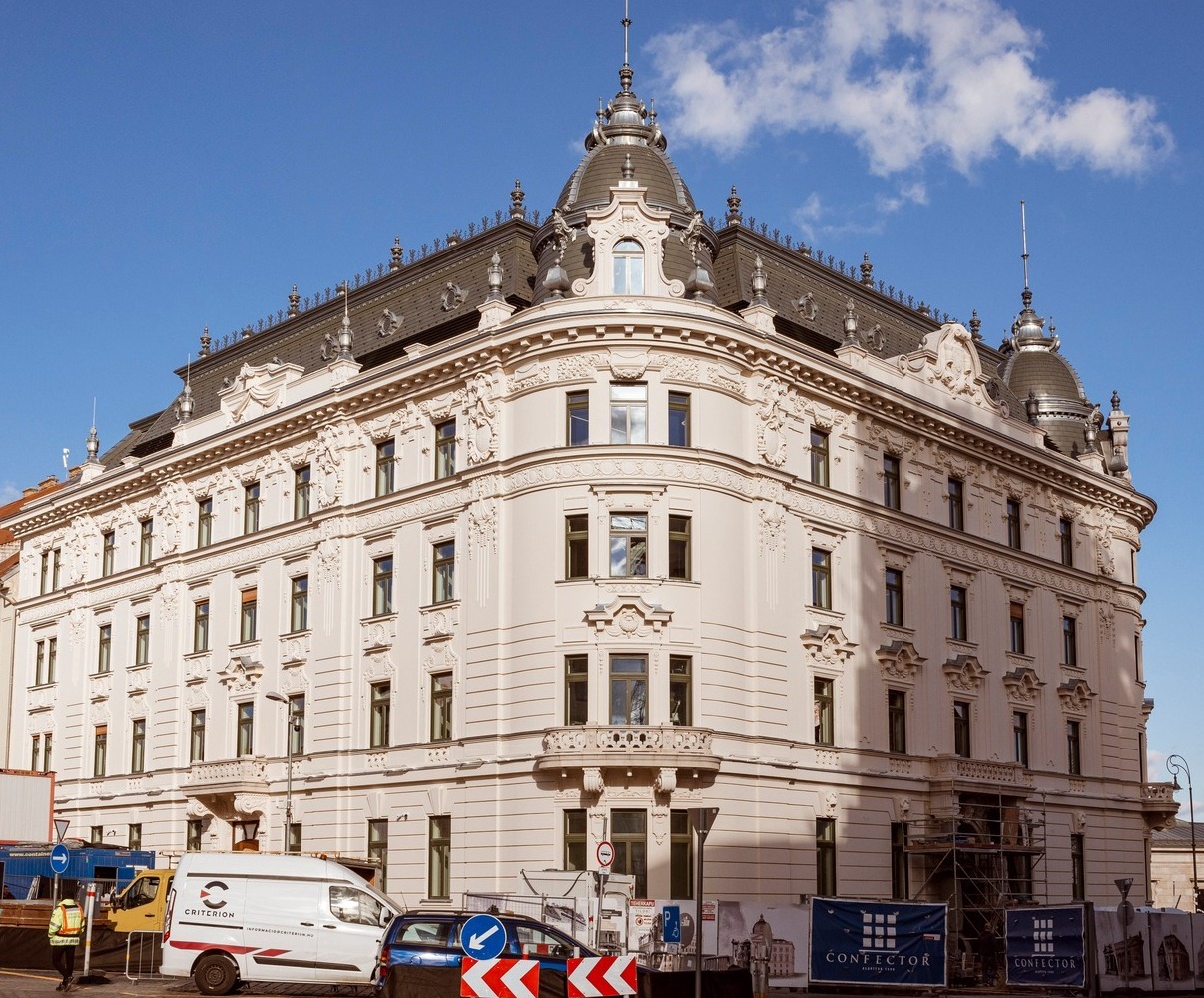
The Hauszmann Programme’s mission
The National Hauszmann Programme is not only about restoring buildings but also about strengthening the cultural, historical and tourist role of the Buda Castle District. The aim of the rebuilding and reconstruction work is to restore the area to its former splendour while adding modern features.
The milestones planned for 2026 show not only respect for the past, but also a forward-looking approach: the revitalised Castle District could become one of Budapest’s most important symbolic and functional centres. The result will be a vibrant historic district that will connect generations.
Read also:
- Semmelweis University’s timeless buildings are about to get a high-tech makeover – PICTURES!
- Unexpected medieval child burial found in Hungarian archaeological excavation





